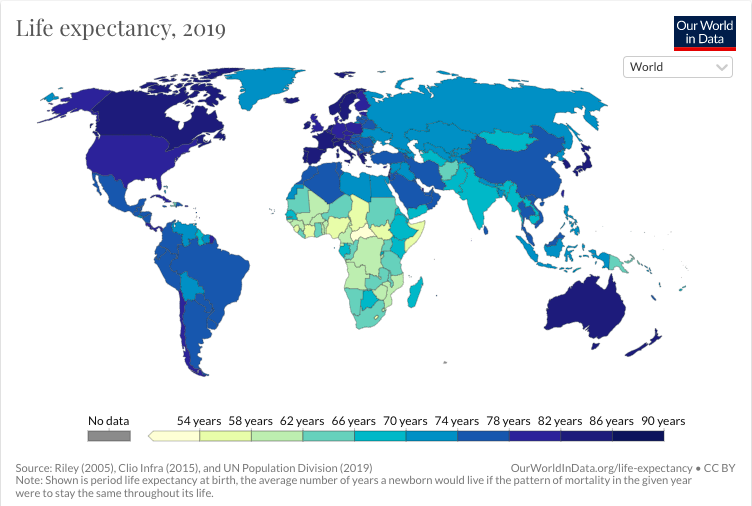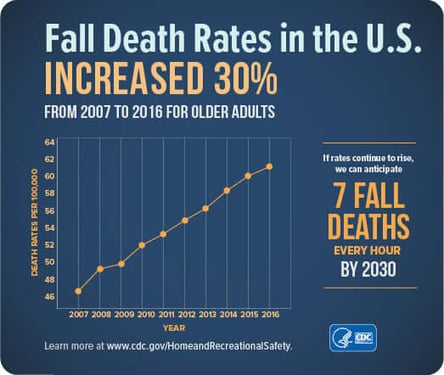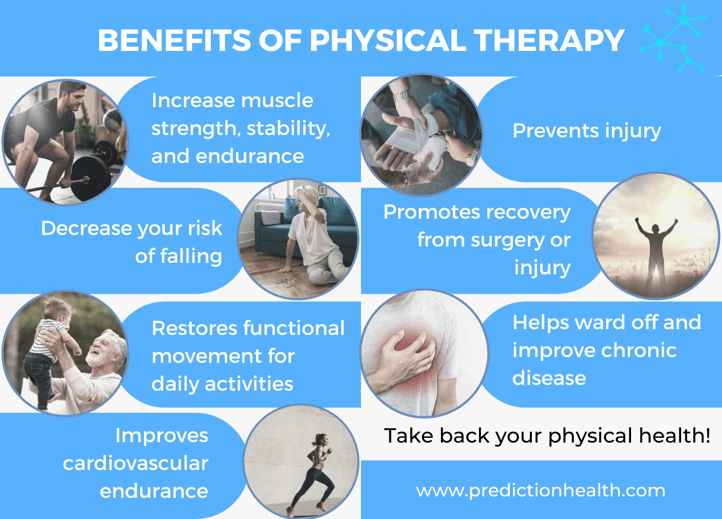Our Longer Life Span
As a population at large, we are living longer than ever. In 1800, the average global life expectancy was merely 29 years old, and no country had a life expectancy over the age of 40. In 2019, however, the United Nations reported that the wealthiest countries' life expectancies were over the age of 80 while the worst life expectancy, in the Central African Republic, was 53 years of age - more than double what it was just 70 years prior in 1950.

Huge advancements in science, medicine, and economics have played an astounding role in this global ‘health transformation’. And while it is an incredible gift to have a longer life expectancy, we humans need our bodies to catch up. People don’t simply want to live longer, they want to live longer with a higher quality of life. Hence the newest buzzword, longevity, which has taken on a life of its own beyond the traditional definition of ‘the fact of living for many years’ and in cultural meaning also encompasses the condition in which those extra years are lived. Or, as Dr. Peter Attia notes in his well known ‘longevity function’ lecture, “Longevity...can be simplified into two components or two vectors. The first is lifespan. The second is healthspan.”
The Quest for Quality of Life
Not that long ago, we did not have a lot of science and research related to our modern take on longevity, mainly because there were not so many subjects to study. Even in the United States in 1950, living into your 60’s was a feat, and it was generally accepted that if you made it that long, you were not expected to be in decent shape, physically or mentally. Now, people can reasonably expect to spend approximately 33% to 50% longer on planet earth! With this major shift in life expectancy, the question has turned from, “Will I make it into my retirement years?” to “How can I remain vital, healthy, and feeling fantastic in my retirement years?”
As of late, researchers are discovering a plethora of amazing factors that can contribute to longevity, a critical factor being physical fitness. It is certainly inevitable that as we age, our bodies will start to break down a bit because of all the wear and tear we put on them. However, it is completely possible to age gracefully with a healthy, strong, capable body. In fact, if you want to have a long, quality life, it is absolutely imperative to exercise your physical body.
As told by Dr. Attia, the four leading causes of death are cardiovascular disease, cancer, neurodegenerative disease, and accidental death. Within the category of accidental death, falling is one that greatly affects those into their later years of life. According to recent research published by the CDC, among adults over the age of 65, falling is the number one cause of injury-related death. As we age, our body naturally starts to lose muscle mass, a condition coined Sarcopenia. Around the age of 30, our bodies begin to lose approximately 3% to 5% of muscle mass per decade of additional life. While the causes of sarcopenia are multifactorial, many researchers believe a strong factor is the decline in nutrition and activity that tends to occur in the lifestyle of older adults. Nutrition and regular activity play a significant role in keeping muscle fibers twitching and hormones regulated. Research shows - and common sense dictates - that less muscle mass equates to increased weakness and instability, resulting in a higher chance of falling and incurring serious injury.

The great news is, it’s never too late to build muscle and this muscle can dramatically reduce your risk of an injury-related accident as you age. In fact, exercise has been shown as the single intervention most strongly correlated with a reduction in the rate of falls amongst older adults.
Clearly, exercise is imperative to achieve longevity. While it is never too late to begin building muscle mass, strength, and stability, you will be significantly better off if you start earlier. It may be helpful to think about longevity in terms of a finance metaphor. The earlier you can begin saving and investing money, the more years of compounding returns you will experience and you will have saved significantly more than someone who invested a higher amount every year but started later in life. Exercising for longevity works the same, except it's an investment in your physical health and abilities. The sooner you can start making deposits into your physical investment account, the greater the benefits you will reap when you are older. Now, staying on the finance metaphor here, if you were unable to start saving and investing until you were 50-years-old, you would not throw in the towel and declare, “Well, that’s it, I’m not going to start now!” On the contrary, you would resolve to begin immediately and start saving as aggressively as you could to ensure your financial future. Building strength and stability is the same. Even if you start later in life, you will still derive massive gains in what you are able to do physically down the line.
As we dive deeper into this discussion on the importance of maintaining physical fitness to achieve maximum lifespan and healthspan, it is crucial to note that the main point is not to be able to run a marathon or look good in your swimsuit when you retire to Florida (although, looking good in your swimsuit will be a nice side effect), but rather to be able to accomplish what movement specialist Beth Lewis calls ‘activities of daily life’. The point is to remain independent as we age and be able to do all the things that make us happy and promote a high quality of life, such as playing with your grandchildren, taking walks with friends, and cooking a beautiful meal to feed your family. What we want to stress here is functional movement. However, major barriers to beginning an exercise program include not knowing how to start, the fear that you may cause more harm than good, and navigating an appropriate exercise plan with other co-morbidities.
How Physical Therapy Can Help
This is where physical therapy can play a valuable role in your longevity journey. We are all aware of physical therapy as a modality to recover and rehabilitate from an injury, but the other goals of physical therapy include optimizing functional movement in the human body and prevention of future injury. The latter two goals of physical therapy align perfectly with longevity, particularly as working to increase strength and stability without causing injury is ideal. In the words of Dr. Attia, “When it comes to lifting weights, the number one rule is don’t get hurt.” Physical therapists can ensure you are completing exercises that progress functional movement and in the proper form, the key to injury prevention.

In a recent study published in the Physical Therapy and Rehabilitation Journal, it was found that the fully adherent exercise group (meaning they attended outpatient physical therapy sessions two times per week for 8 to 12 weeks and completed an at-home exercise plan 5 to 7 days per week) outperformed both the partially adherent exercise group and the control group (no intervention) in clinical tests for gait, balance, and mobility, as well decreased their risk of falling by 33%. Even the partially adherent exercise group decreased their risk of falling by 11%.
Physical therapy does much more than simply help decrease your risk of falling. As Ben Shatto, Physical Therapist and founder of The Physical Therapy Advisor, relays in the Longevity and Biohacking Show, “Physical therapists… should be the providers of choice when we look at treating clients with chronic illnesses such as diabetes, osteoporosis, falling, we can even help out with heart disease. And more and more research is showing the importance of exercise with Alzheimer’s disease and dementia.” While a doctor will certainly be the one to diagnose a chronic disease, a physical therapist can help manage symptoms and even improve the condition over the long haul. The major benefits of working with a physical therapist are the customized treatment plan that evolves as you do and having a support system to keep you sticking to the plan of care and/or exercise regime. Consistency and quality over time is the key to reaping big changes and better outcomes. Physical therapy can ensure you stay the course in a safe and effective way.
As consumers in the crazy United States healthcare system (read: we spend way more per capita on healthcare than any other developed nation, with worse outcomes), we need to be our own advocates and begin consuming healthcare that works preventatively. As perfectly stated by Dr. Attia, “We spend an enormous amount of time and money prolonging chronic disease.” The current healthcare system promotes lifespan, but not healthspan. It’s time to take back our quality of life and physical therapy just might be the start of the revolution.